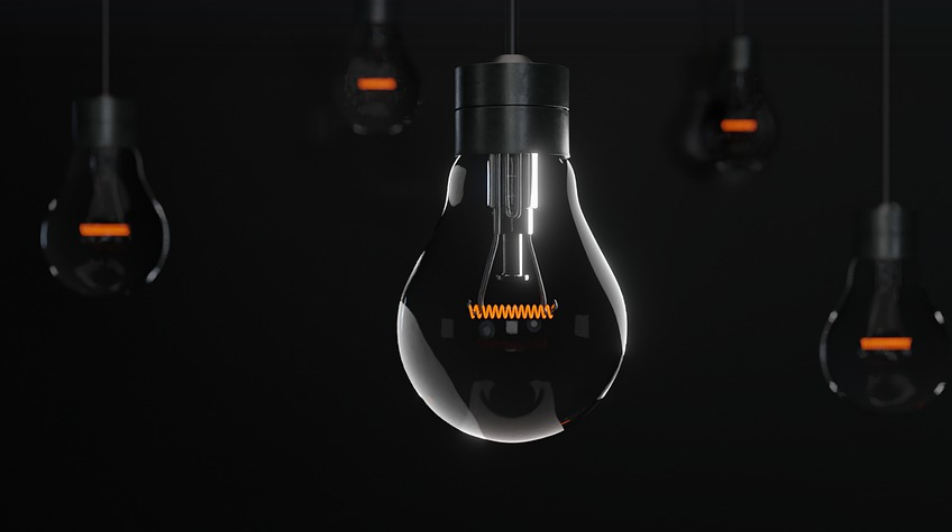
The Power of Precision: Why Arbitrary Waveforms Matter
Imagine being able to paint a picture with sound waves, not just static images captured by traditional ultrasound. That’s what researchers are exploring in the world of arbitrary waveform generation – it’s like having an artist’s palette at your fingertips when working with sound.
Traditional ultrasound uses pre-programmed waveforms for tasks like imaging or therapy. It works well for these applications, but there are situations where a more precise and flexible approach is needed. This is where arbitrary waveforms come in – they’re waveforms that can be customized to fit specific needs, giving researchers control over every aspect of the signal.
These custom-made signals offer a whole new level of precision for various applications. From studying complex biological structures under high-resolution ultrasound imaging to performing precise tissue ablations and minimally invasive procedures, arbitrary waveforms unlock exciting possibilities.
But what makes them so special, exactly? Let’s delve deeper into this fascinating field.
The Building Blocks: Why Arbitrary Waveforms are So Valuable for Ultrasound Research
At its core, a waveform is simply the shape of a sound signal over time. Think about the different sounds you hear – from the gentle hum of an engine to the intense roar of a rocket launch. Each sound represents a unique waveform.
Now, imagine the ability to create any kind of wave imaginable! Arbitrary waveform generators (AWGs) are the tools that allow us to do just that. They can generate waveforms in various forms – from simple sine waves to complex ones with multiple frequency components and varying amplitudes.
Here’s where it gets exciting: AWGs are like magic wands for ultrasound research!
**1. Precision is King:** Arbitrary waveform generation allows researchers to precisely control the shape, amplitude, frequency, and duration of ultrasound signals. This level of control is crucial in a variety of applications.
Imagine creating a specific wave pattern that can be used to probe specific tissues inside the body for diagnosis or therapy. With arbitrary waveforms, it becomes possible to sculpt sound waves into highly tailored tools.
**2. Pushing the Boundaries:** Traditional ultrasound techniques are limited by pre-programmed waveforms. But with AWGs, researchers can generate custom signals that are tailor-made for a specific task, expanding the scope of ultrasonic research in exciting new ways.
Think about designing sound waves to selectively target and characterize different tissues or even simulate external forces on biological structures like bones, cartilage, or soft tissue. This opens up a world of possibilities for scientific discovery.
**3. Mimicking Nature:** Many natural processes involve complex waveforms that are impossible to precisely replicate with traditional techniques. AWGs allow researchers to create realistic simulations of these waves.
This is especially important in fields like bioengineering where researchers want to study how sound waves interact with living tissue and develop new materials, devices and systems for medical therapies.
**4. Unlocking New Discoveries:** The ability to create custom waveforms opens the door to a plethora of opportunities for research. This paves the way for exploring previously unexplored avenues in ultrasound technology and leading to breakthroughs that were not even conceivable before.
Imagine creating highly complex ultrasonic waves to study how cells communicate, or using them to probe the intricate structures of the brain with unprecedented accuracy. Arbitrary waveform generation is literally changing the game!
The Future: Arbitrary Waveforms in Ultrasonic Research
The use of arbitrary waveforms in ultrasound research continues to expand rapidly. From medical imaging applications to scientific breakthroughs, their impact is just beginning to be felt.
Here are some exciting areas for the future:
* **Revolutionizing Medical Imaging:** Arbitrary waveform generation can enable a new era of ultrasound imaging. Imagine seeing blood flow in real-time or identifying even the smallest tumors with unprecedented clarity!
* **Precision Therapy Goes Global:** With greater control over sound waves, researchers are developing more precise and effective therapies for various conditions, including cancer treatment, organ regeneration, and even wound healing.
* **Unlocking New Frontiers of Science:** The power of arbitrary waveforms is not only limited to medicine. They have the potential to revolutionize multiple fields like physics, materials science, and engineering.
* **A Global Impact:** As the need for precise and customized solutions grows in various industries, the demand for arbitrary waveform technology will continue to surge, opening up new opportunities across different sectors
In a nutshell, arbitrary waveform generation is revolutionizing the world of ultrasound research. It’s opening doors to unprecedented precision and flexibility, paving the way for groundbreaking discoveries in medicine, science, and engineering.



